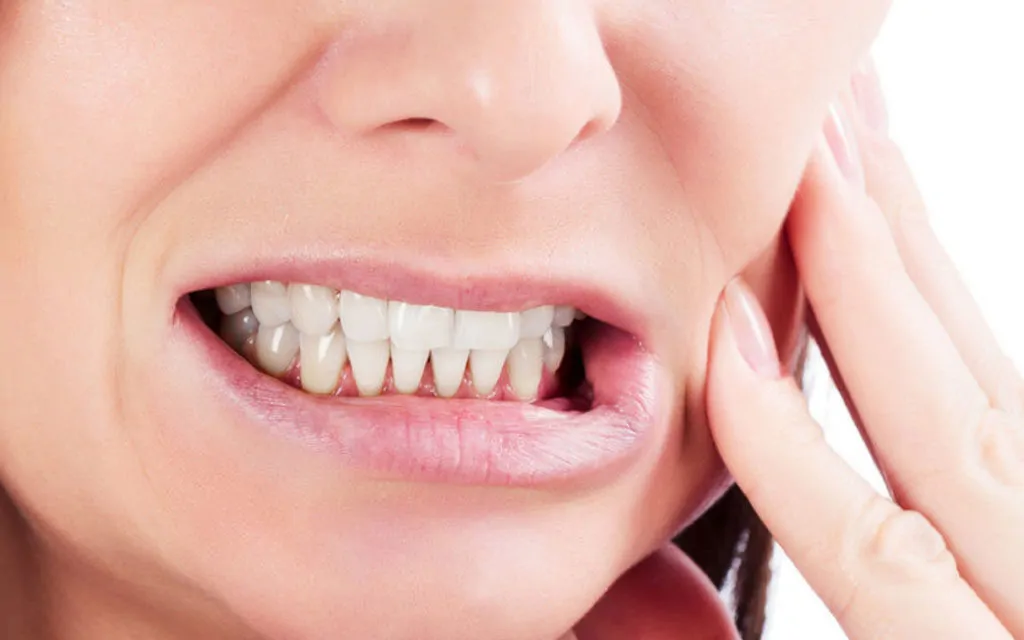Nocturnal teeth grinding and clenching of the upper and lower jaw are known as sleep bruxism and can have a number of consequences for health. In dental science, the question of whether sleep bruxism is associated with the development or progression of temporomandibular joint disorders is controversial. In a study conducted at the University Clinic of Dentistry of the Medical University of Vienna, it was found that certain tooth shapes and tooth locations could well lead to temporomandibular joint problems as a result of bruxism. The research findings of Benedikt Sagl’s team were recently published in the Journal of Advanced Research.
Around 15% of the population grind their teeth while they are asleep. The problem is particularly common in younger people. The, often immense, pressure exerted on tooth surfaces and on the jaws is thought to cause various dental health problems and can also result in pain in the jaw muscles and headaches. Researchers led by Benedikt Sagl at the University Clinic of Dentistry of the Medical University of Vienna have now investigated whether sleep bruxism can also have a negative impact on the temporomandibular joint (TMJ) structures. Their research was based on the theory that specific combinations of tooth shape and tooth location during grinding have an influence on the mechanical load on the temporomandibular joint and can thus be considered a risk factor for TMJ disorders.
Angle of inclination and location
The studies were performed using a state-of-the-art computer model of the masticatory region, which includes bone, cartilage and muscular structures. Such computer models can be used to investigate research questions when direct studies on patients are not feasible on ethical grounds. The subject of the research was the interaction of two factors that coincide in the phenomenon of bruxism. The first of these is the shape of the affected tooth, more precisely the angle of inclination of the dental cusp that is in contact with its opposite number during grinding. The second is the location of the tooth contact (the so-called wear facet) during a dynamic grinding motion, which was considered by the research team. The study simulated the effects of lateral grinding on the first molar and on the canine with six different wear facet inclinations, resulting in a total of twelve simulated scenarios.
“Our results show that both the inclination and location of the wear facets have an influence on the strength of the mechanical load on the temporomandibular joint,” explains Benedikt Sagl. “However, it would appear that the decisive factor is the steepness of the grinding facet. The flatter the tooth, the higher the loading on the joint and therefore the higher the risk of a TMJ disorder.” Conversely, if the dental cusps involved in bruxism have a steeper angle of inclination, the calculated joint loading was lower, even with the same “grinding force” (bruxing force). Further research will now be conducted, coupled with clinical investigations, to establish whether this finding can be incorporated into the development of therapeutic interventions for sleep bruxism.
(source: Materials provided by Medical University of Vienna)


